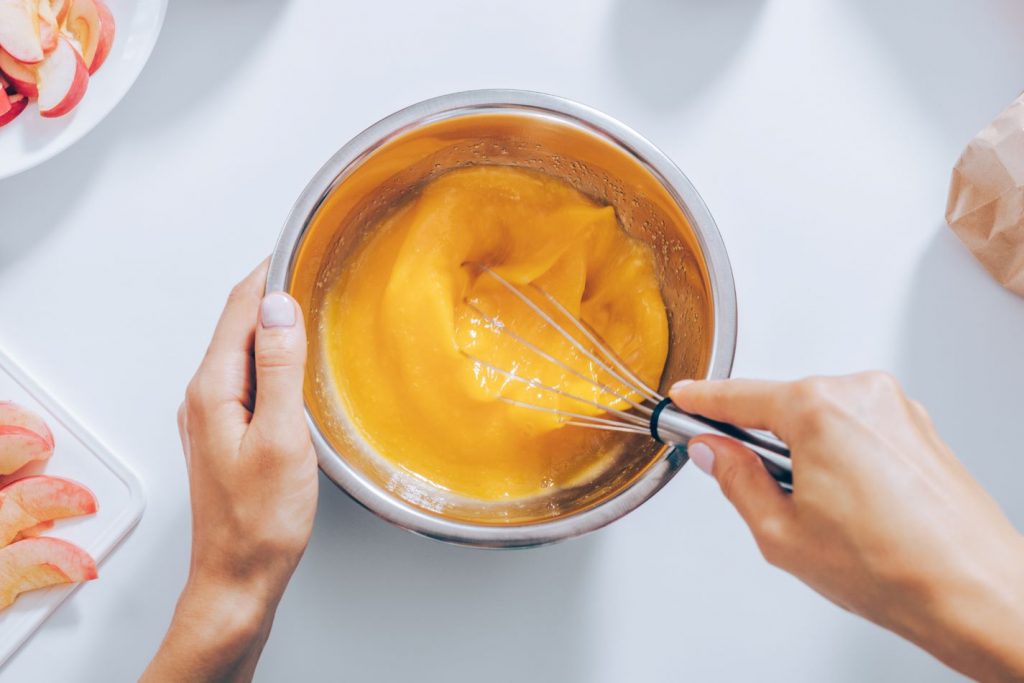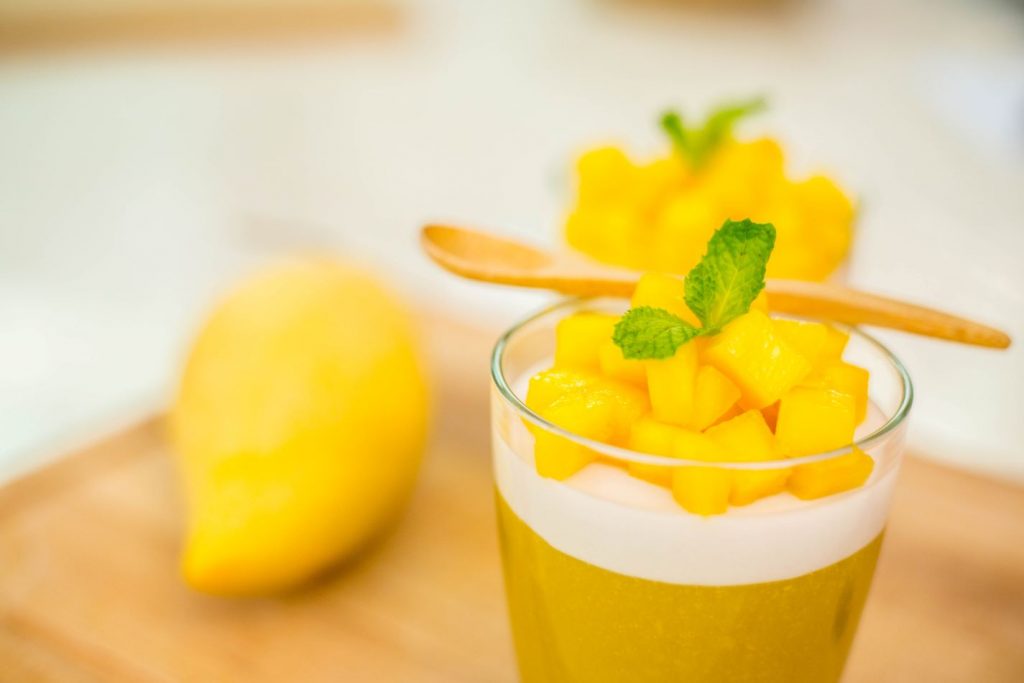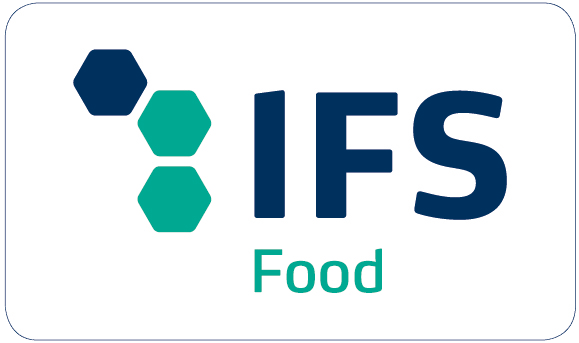Fish gelatin: what is, how to use
Fish gelatin became essential in many preparations, thanks to its versatility it has gained a prominet place in the kitchen from all over the world.
Commonly used as a “thickner” in desserts such as cheesecake or mousse, its composition and its nutritional values are often unknown.
In this article we will explore the characteristics and modern applications of this product, offering a complete overview also for those who are looking for a vegetarian or vegan alternative.
What is fish gelatin and what is it used for?
Fish gelatin, also known as gelatin sheets, is a natural gelling agent widely used in cooking. It comes in the form of thin transparent sheets or in powder and its main characteristic is its ability to thicken liquids.
This versatile ingredient is used in a wide range of foods, from sweet to savory, such as soups, emulsions, ice creams and desserts, without altering their flavor. This neutrality makes it ideal for giving consistency to preparations, enhancing the natural flavors of the ingredients.
Why in Italy is is called “fish glue”?
The name “colla di pesce” which means fish glue, has ancient and fascinating roots dating back thousands of years. In ancient times, this product was actually obtained from fish, especially from the swim bladder of species such as sturgeon. This part of the fish, rich in collagen, was dried in the sun and then processed to obtain a sticky and gelling substance.
Over time, the manufacturing process has evolved, but the name has remained unchanged, often leading to confusion. Today, edible gelatin is mainly produced from parts of pork or beef.
This ingredient has also found applications in the pharmaceutical field, for example in the production of capsules and tablets, and in the restoration of artworks, thanks to its adhesive properties.

The ingredients of fish gelatin
Nowadays, the production of fish gelatin is based on collagen, a structural protein abundant in the connective tissues of animals. The main sources of this collagen are pork rind, bones and bovine cartilage.
The production process involves the treatment of these raw materials with specific acids, followed by an extraction and purification process that transforms collagen into gelatin. Furthermore, despite its animal origin, fish gelatin is a highly refined and purified product, as it does not contain fat or cholesterol and, above all, it is gluten-free; this makes it a safe option even for people with celiac disease or gluten sensitivity.
How to use gelatin
The correct use of gelatin is essential to obtain the desired consistency in culinaty preparations. Which is the procedure to follow?
- Soaking: Soak the gelatin sheets in cold water for 5-10 minutes to soften the gelatin and prepare it for use.
- Wringing: After soaking, gently remove the sheets from the water and wring them carefully to remove excess liquid.
- Dissolving: add the softened gelatin to a hot liquid (around 60° C, not higher).
- Incorporation: once dissolved and well mixed, the gelatin can be incorporated into the desired preparation.
- Cooling: to achieve gelling, the preparation must be cooled. The solidification time varies depending on the recipe and the amount of gelatin used.
The amount of gelatin to use depends on the recipe and on the desired final consistency. Normally, one sheet of gelatin (about 2 grams) is enough to gel 100 ml of liquid to a smooth consistency.

Alternatives to gelatin
For those who are following a vegetarian or vegan diet, or simply looking for an alternative to gelatin, there are several options:
- Agar agar: produced from red algae, it is a powerful vegetable gelling agent which, compared to gelatin, should be used in smaller quantities as it produces a more solid gel.
- Pectin: mainly extracted from apples and citrus fruits, it is often used in the preparation of marmalades and jams.
- Corn starch: it is an excellent thickener, especially useful for sauces and creams it allows you to obtain a velvety consistency.
- Potato starch: similar to corn starch, it is a versatile thickener, ideal for soups and sauces, it can also be used in some sweet preparations.
Each one of these alternatives has unique features and may require slightly different usage techniques. For example, agar agar must be brought to a boil to activate, while pectin requires the presence of sugars and acids to gel properly.
These alternatives can produce different consistencies and textures compared to gelatin . Experimenting with quantities and preparation techniques can help achieving the optimal result desired.

